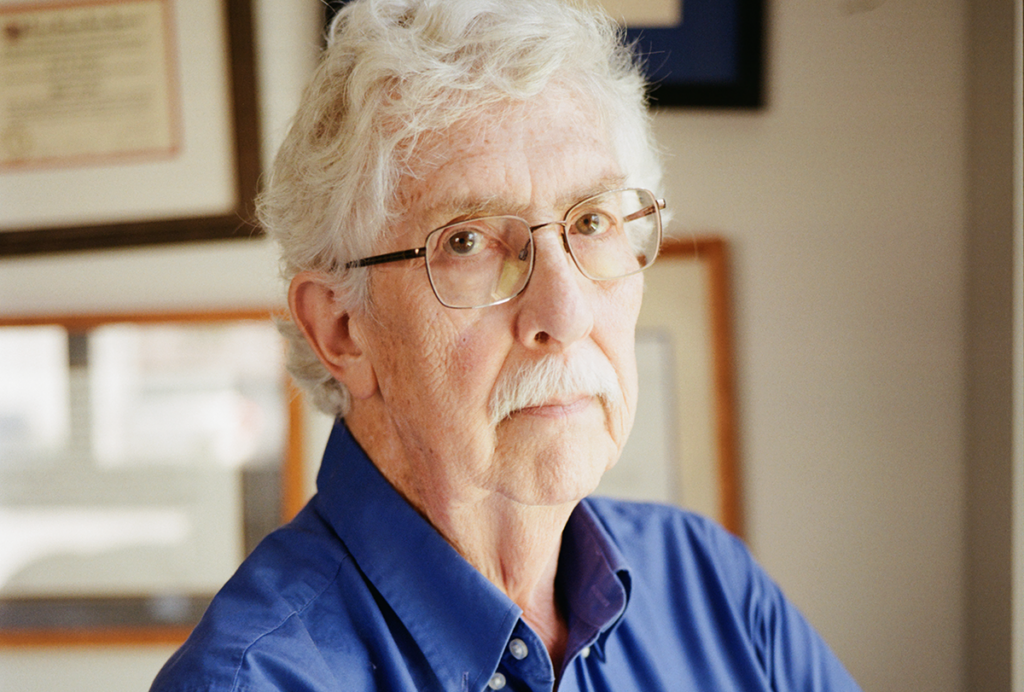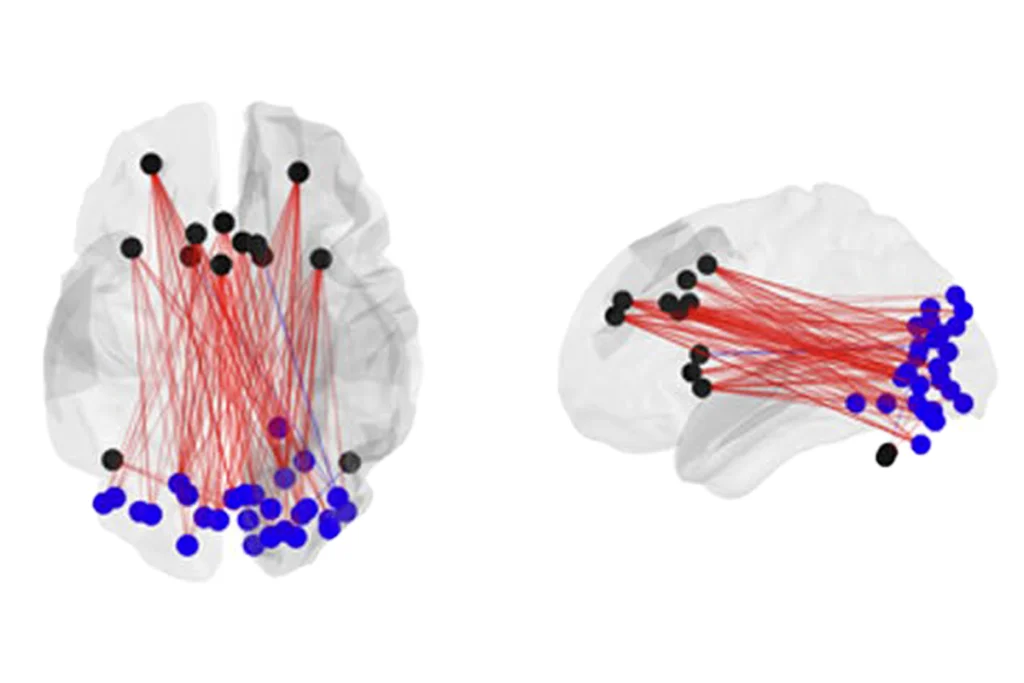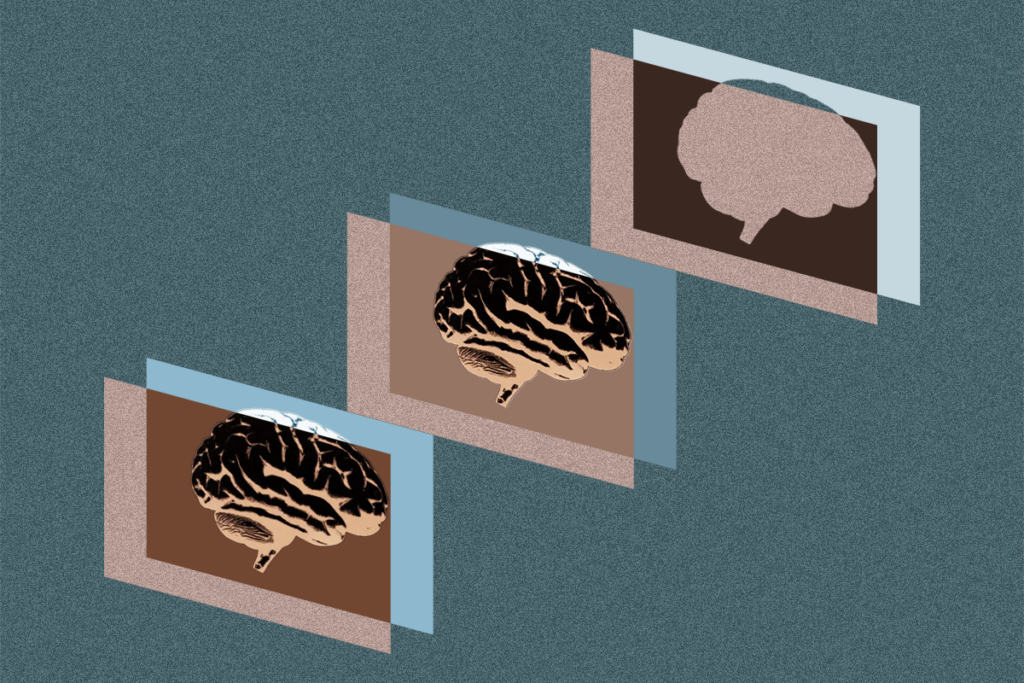Puzzling pieces
If you think of the brain as a hopelessly complex jigsaw puzzle, the brains of autistic people, it turns out, are missing a key piece.
If you think of the brain as a hopelessly complex jigsaw puzzle, the brains of people with autism, it turns out, are missing a key piece.
Early this month, Neuron published a study indicating that when an enzyme called CDK5 is deleted in mice, the mice form irregular synapses. Because nerve cells communicate with one another across synapses, defective synapses can impair learning, memory and social interaction, a key feature in individuals with autism spectrum disorders.
It turns out that CDK5 recruits CASK, a scaffolding protein required for building synapses. Mutations in other synaptic proteins, such as neurexins and neuroligins, have also been linked to autism. Other studies have shown that synaptic problems in mice affect social interaction, a key feature of autism.
Yesterdayʼs Neuron carried a related article detailing the structure of the complex of neuroligins and neurexins.
Neuroligins normally interact with their partner neurexins to help form synapses. Mutations in neuroligins affect how they associate with neurexins and impair synapse formation.
In this study, the researchers identified how these mutations alter the interactions at a structural level, slotting yet another piece into the puzzle.
Recommended reading

How pragmatism and passion drive Fred Volkmar—even after retirement

Altered translation in SYNGAP1-deficient mice; and more

CDC autism prevalence numbers warrant attention—but not in the way RFK Jr. proposes
Explore more from The Transmitter
